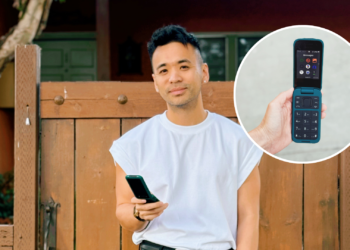When sitting down with Filipinas Marlene Knox and Joseline Thomas to talk story, I got an answer to a question that I never thought to ask: In 1970s Seattle, where were the Asians when desegregation and busing began?
The answer: They were bused with Black students.
Given that public education frequently erases Asian American and Pacific Islander voices, this piece of little-known history is revelatory.
Busing is strongly associated with the Civil Rights movement and Black communities. The common narrative in public education is that busing primarily affected Black students. These students had to endure long bus rides out of their neighborhoods in order to go to all-white schools due to desegregation. What Knox and Thomas told me is that they were bused with other Asian, Black, and Native American children from their Beacon Hill neighborhood in southeast Seattle to newly desegregated schools.
Knox was bused from Beacon Hill to Whitman Middle School in Ballard, a neighborhood in northwest Seattle. Ballard is approximately 14 miles from Beacon Hill by freeway, translating to a 35-minute bus ride without traffic. When Knox went to high school, she was bused to Cleveland High School — closer to home, but not her neighborhood school — where she met Thomas.
From Streets of Diverse Culture, Language, and Life
When the two Filipinas arrived at these newly desegregated schools, Knox could only describe the experience as “culture shock,” especially coming from Beacon Hill, which she describes as a mixed neighborhood.
She fondly remembered her home being surrounded by Japanese, Black, Native American, Filipino, Chinese, and white neighbors. She recalled the clacking of mahjong tiles just down the street every Friday and Saturday nights. It was the norm to hear multiple languages as the neighborhood children would gather and climb their Japanese neighbor’s fruit trees. And when they weren’t mischievously collecting figs and plums, they would be running to the…
Read the full article here





